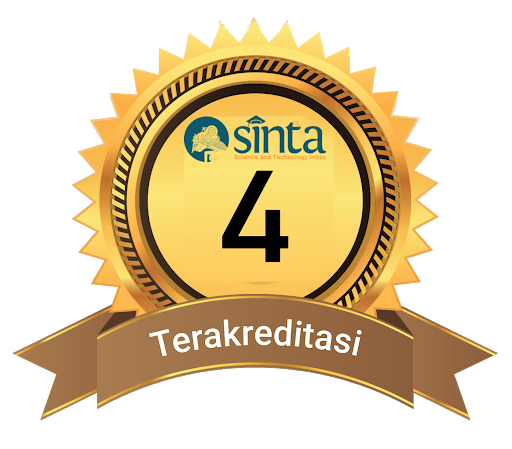Teachers’ Roles Towards Students’ Pronunciation Ability Based on Pronunciation’s Instructions and Exercises of The Twelfth Grade Students’ English Textbook
DOI:
https://doi.org/10.32923/sci.v3i2.80Keywords:
English Textbook, Teacher's Role, Pronunciation PracticeAbstract
Being able to speak fluently with correct pronunciation is the first impression to attract people’s attention. A good pronunciation may be denied by students since they are more focus on expanding their English skills. English textbook takes a beneficial purpose in assisting students to pronounce English words well. Since the instructions and practices would aid students to get involved with pronunciation’s communicative practice. Various ways, clear instructions, and practices would be applied easily by students with the hands of teachers as facilitators and correctors. This research is qualitative research that focuses on analyzing teachers’ roles towards students’ pronunciation ability based on pronunciation’s instructions and exercises of the twelfth-grade students’ English textbook. The author used the qualitative descriptive method to analyze and solve problems. English textbooks need to provide some more comprehensive and clearer instructions and practices to help improve students’ pronunciation, teachers are only the facilitator to help address the materials in English class, and students’ attitude and motivation are two prominent things that learners must have.
Downloads
Published
Issue
Section
License
Authors who publish journals in Scientia: Jurnal Hasil Penelitian agrees with the following conditions:
1. Authors retain copyright and grant the journal right of first publication with the work simultaneously licensed under a Creative Commons Attribution 4.0 International License.
2. Authors are able to enter into separate, additional contractual arrangements for the non-exclusive distribution of the journal's published version of the work (e.g., post it to an institutional repository or publish it in a book), with an acknowledgement of its initial publication in this journal.
3. Every publication (printed/electronic) are open access for educational purposes, research, and library. Other than the aims mentioned above, the editorial board is not responsible for copyright violation.











